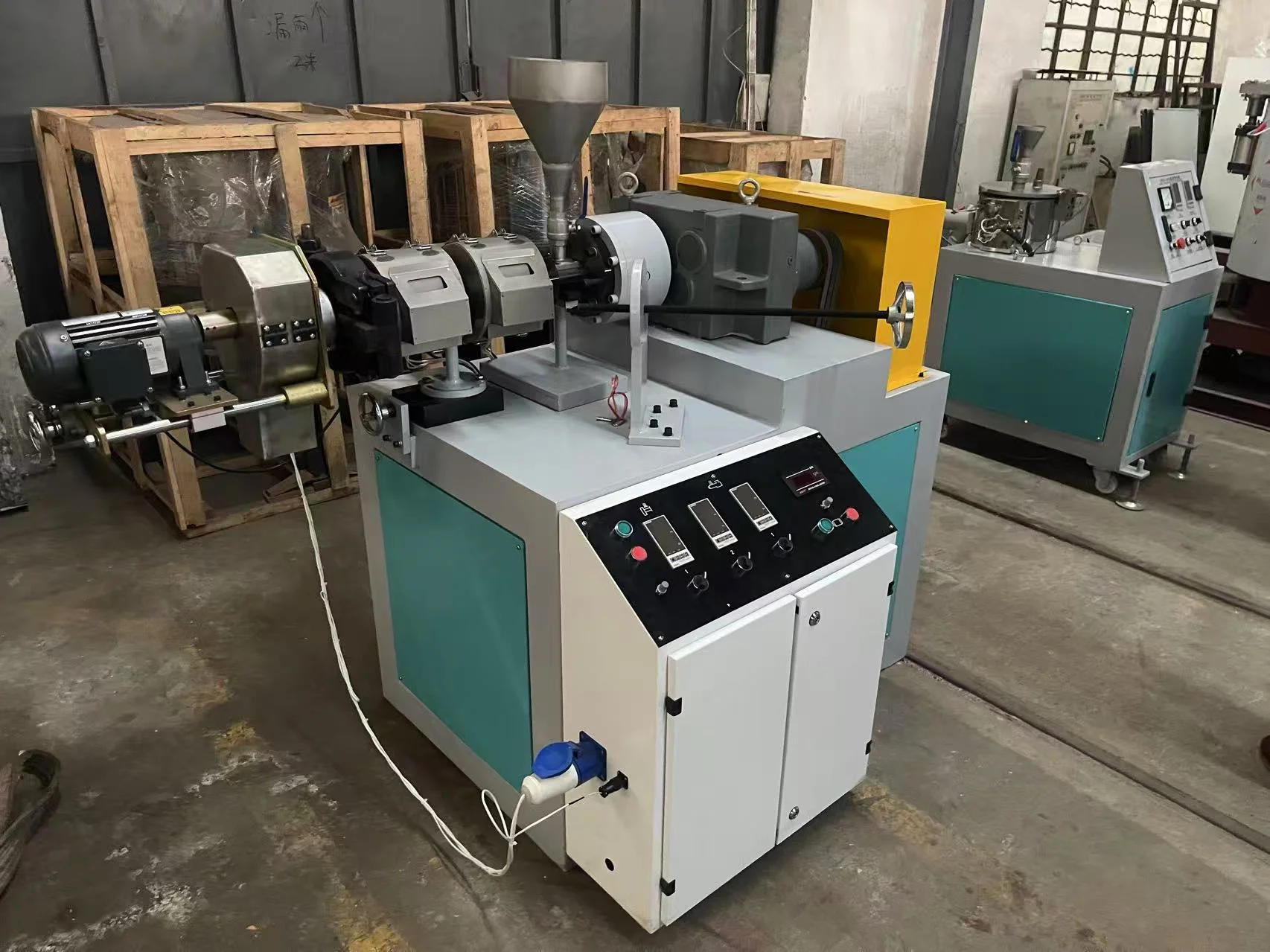In today's fast-paced world, the choices we make about clothing can significantly impact our personal style, budget, and environmental footprint. With countless options available, deciding what clothes to buy can feel overwhelming. However, by employing a structured approach, you can make informed decisions that align with your lifestyle, values, and aesthetic preferences. This article delves into the multifaceted process of selecting clothing, offering practical strategies to refine your wardrobe effectively.
- Assess Your Lifestyle Needs
Before diving into the latest fashion trends, it's crucial to evaluate your lifestyle. Consider the following questions:
- What is your daily routine? Identify the types of activities you engage in regularly—work, exercise, social events, or casual outings. This will help you determine the categories of clothing you need.
- What is your climate? Your geographical location plays a significant role in your clothing choices. Invest in versatile pieces that can be layered or adapted to different weather conditions.
- What are your personal style preferences? Reflect on your aesthetic. Are you drawn to classic, bohemian, sporty, or minimalist styles? Understanding your style will guide your purchasing decisions and help you avoid impulse buys.
- Define Your Budget
Establishing a budget is essential for any shopping endeavor. Here are some tips to help you manage your clothing expenses:
- Set a monthly or seasonal budget: Determine how much you can realistically spend on clothing each month or season. This will help you prioritize your purchases and avoid overspending.
- Invest in quality over quantity: While it may be tempting to buy cheaper items, investing in high-quality pieces can save you money in the long run. Look for durable fabrics and well-constructed garments that will withstand the test of time.
- Consider cost-per-wear: When evaluating a potential purchase, think about how often you will wear it. A higher-priced item that you wear frequently may be more economical than a cheaper piece that sits in your closet.
- Conduct a Wardrobe Audit
Before adding new items to your collection, take stock of what you already own. A wardrobe audit can help you identify gaps and avoid duplicate purchases:
- Sort through your clothes: Remove items that no longer fit, are damaged, or you haven't worn in over a year. This will create space for new pieces and give you a clearer picture of your wardrobe.
- Identify versatile staples: Look for foundational pieces that can be mixed and matched. Items like a classic white shirt, tailored trousers, or a little black dress can serve as the backbone of your wardrobe.
- Create a wishlist: Based on your audit, compile a list of items you need to fill gaps in your wardrobe. This will help you stay focused during your shopping trips.
- Research and Plan Your Purchases
In the age of online shopping, it's easier than ever to find the perfect piece. However, research is key to making informed decisions:
- Read reviews: Before purchasing, check customer reviews and ratings to gauge the quality and fit of the item. This can save you from potential disappointment.
- Explore sustainable options: Consider brands that prioritize ethical production and sustainable materials. This not only benefits the environment but also aligns with a growing consumer demand for responsible fashion.
- Stay updated on trends: While it's important to have timeless pieces, incorporating a few trendy items can keep your wardrobe fresh. Follow fashion blogs, influencers, and industry news to stay informed about current trends.
- Make Mindful Purchases
When you're ready to shop, approach the process with mindfulness:
- Try before you buy: Whenever possible, try on clothing to ensure the fit and comfort meet your expectations. Pay attention to how the fabric feels against your skin and how the garment moves with you.
- Avoid impulse buys: Give yourself a cooling-off period before making a purchase. This can help you determine if you truly need the item or if it's just a fleeting desire.
- Consider the entire outfit: When buying a new piece, think about how it will integrate with your existing wardrobe. Aim for items that can be styled in multiple ways to maximize their versatility.
Conclusion
Deciding what clothes to buy is an art that combines self-awareness, financial prudence, and a keen understanding of personal style. By assessing your lifestyle needs, defining a budget, conducting a wardrobe audit, researching options, and making mindful purchases, you can curate a wardrobe that not only reflects your individuality but also serves your practical needs. Embrace the journey of wardrobe curation, and you'll find that each purchase becomes a thoughtful addition to your personal style narrative.



More Stories
Lidi Toys Launches the Best Mini Soccer Goal for Kids: Perfect for Backyard Fun!
How To Choose The Right Fiber Discs To Achieve The Best Grinding Performance
Eco-Friendly Tobacco: A Greener Choice for Conscious Smokers